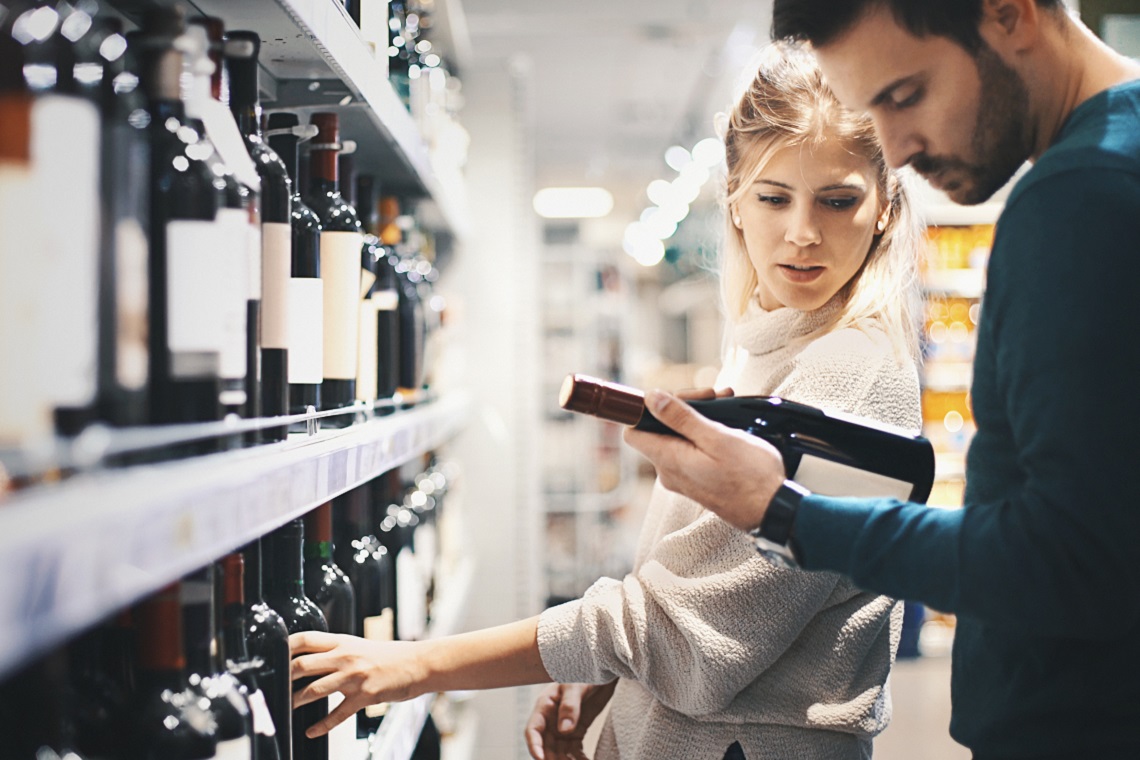The global financial crisis (GFC), which developed into an international banking crisis in 2008, is considered by many to be the most serious economic disaster since the Great Depression.
IWSR Drinks Market Analysis described the GFC as sending shockwaves through the global economy, changing consumer demand and helping shape the drinks industry. Despite every international disaster having its own characteristics, IWSR has looked at these impacts and assessed whether similar patterns are likely in the wake of the COVID-19 pandemic and it’s economic issues.
The analysis began: “The COVID-19 pandemic is set to cause a deeper and more long-lasting impact to the global drinks industry than the 2008 financial crash, with the on-premise and global travel retail both suffering a severe impact, the IWSR believes.”
“The speed and extent of any recovery – which came relatively quickly following the 2008 crash – will depend on the path of the virus, how quickly restrictions can be lifted and the impact of any future COVID-19 surges.”
While that may seem a bit depressing, analysing the ebbs and flows of the economy after previous disasters not only helps predict what may happen in the recovery of the current crisis, but also, how to best prepare for possible effects of the pandemic on the industry.
There are six areas that IWSR have analysed which may have insights for liquor retail, as well as also identifying that the lack of the on-premise has its own impacts on the greater industry.
Boosts from China
With the global economy in hardship during 2008 and 2009, ‘BRIC’ markets (from Brazil, Russia, India and China) helped avoid global consumption declines that would have significantly impacted the industry. According to IWSR figures, consumption in BRIC nations increased by 3.7 per cent, which helped keep global consumption levels essentially flat overall in 2009.
Although this time around the same contribution is unlikely of Russia, India and Brazil, considering their own battles with the virus, China might bring small pockets of good news now that they have begun easing restrictions.
IWSR CEO, Mark Meek, said: “China is likely to provide a boost, especially if no further outbreak occurs, but Russia, India and Brazil will likely not provide as much of the demand this time around. The new ‘BRIC’ is Africa and I suspect that this region will be heavily affected by the low price of oil and the impending COVID-19 crisis likely to develop across the continent.”
Travel retail issues
In 2009, travel retail sales were impacted significantly, with wine and spirits volumes dropping by eight per cent. However, this more than recovered the following year, rising by 12 per cent after the crisis passed. Of course at the time, travel wasn’t impacted by social distancing and travel bans, and airlines weren’t experiencing the same financial stress that they are now.
IWSR sees travel retail as an area that won’t experience the same recovery after COVID-19 as the GFC.
“It is very hard to see a recovery as quick as last time until a vaccine is widely available,” said Meek.
“This will have long and deep ramifications for the whole travel retail channel and the relationship between suppliers, operators and landlords.”
Craft and diversity
Since the GFC, the global liquor industry has experienced growth, with the rising popularity of craft contributing to more producers, suppliers and overall diversification in the market. But IWSR said that many of these businesses are heavily reliant on cellar doors and the on-premise, aspects which are almost non-existent during the pandemic.
They also point to the fact that there was a “shake-out” of small brands from retail as operators try to maximise returns, and predict this will happen again.
However, in Australia at least, the ‘shop local’ movement has been garnering significant support since before the pandemic, fuelled by people wanting to help drought and bushfire affected communities. Even the larger retailers from Coles Liquor and Endeavour Drinks are showing support for smaller craft producers, which may indicate that a shake-out isn’t as likely here.
Different category consumption
In terms of the worst hit categories of the GFC, beer and cider experienced the greatest impacts, with IWSR pointing to: “a combination of duty rises, an on-premise slump and increased at-home consumption, which tends to favour spirits and wine.”
IWSR sees this trend continuing through the current pandemic, largely due to social distancing guidelines doing away with several key events for beer and cider, like sports, festivals and parties.
Along the same lines, Champagne and sparkling wine consumption is likely to drop considering its connection to celebratory events that can no longer take place during the pandemic.
Value options
A trend that is expected to be repeated now, as it was during the GFC, is a flattening of premiumisation with a clear shift to lower priced and value brands. Like in 2008 and 2009, disposable incomes have shrunk, with many consumers cutting costs to compensate.
However, IWSR said that in the GFC the premium and above category only flattened and did not decline, as wealthier consumers will still choose more high-end products.
Meek also pointed to average prices stagnating between 2008 and 2010, a trend set to continue, and expected “much more” promotional pricing for major brands.

